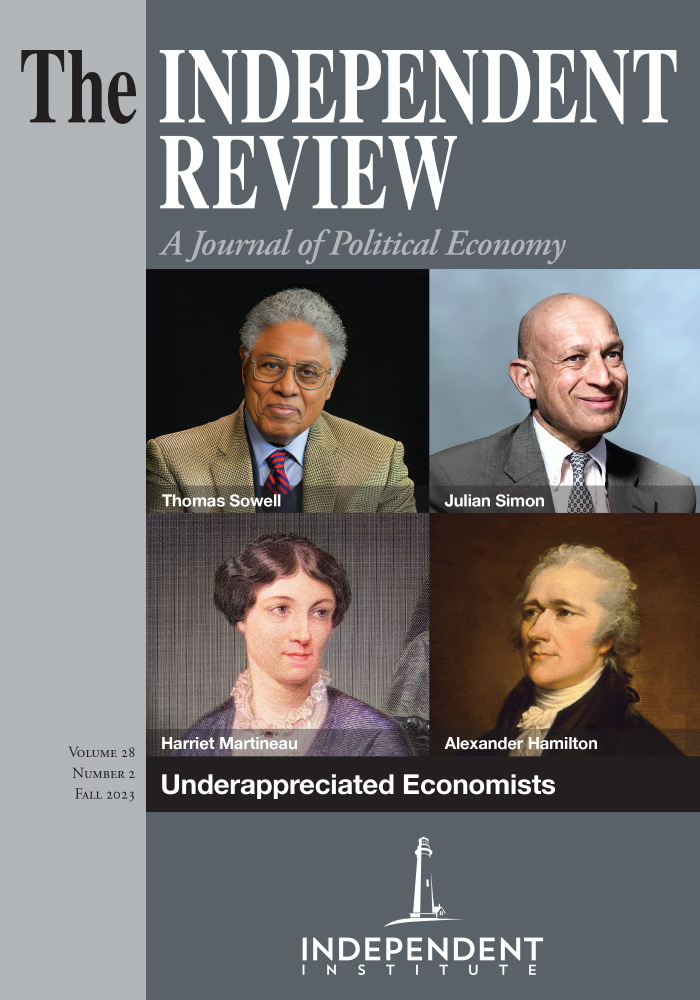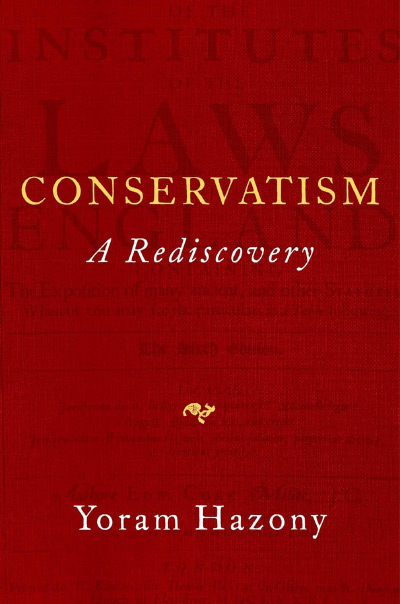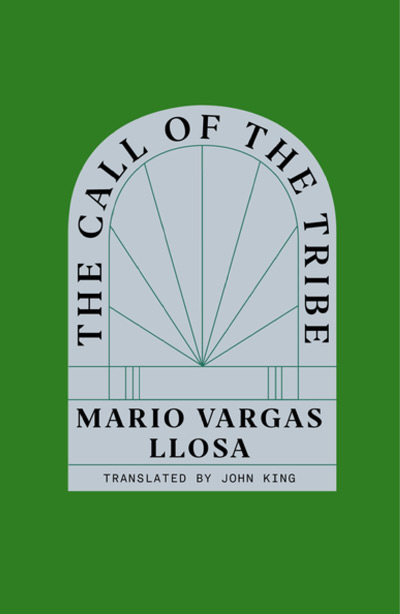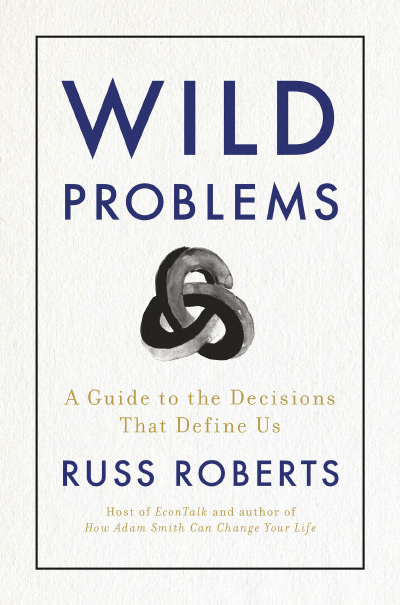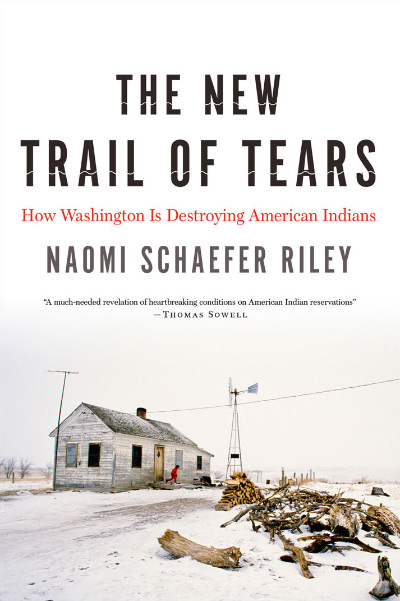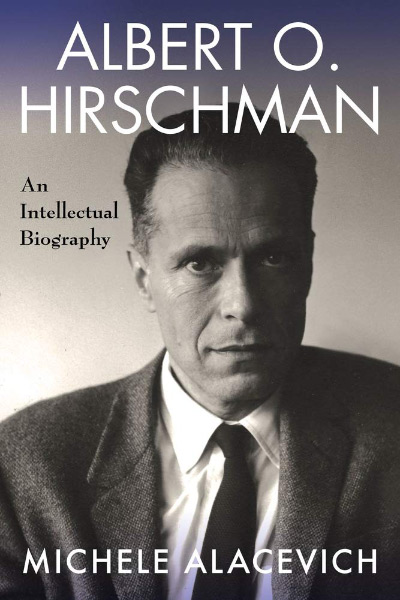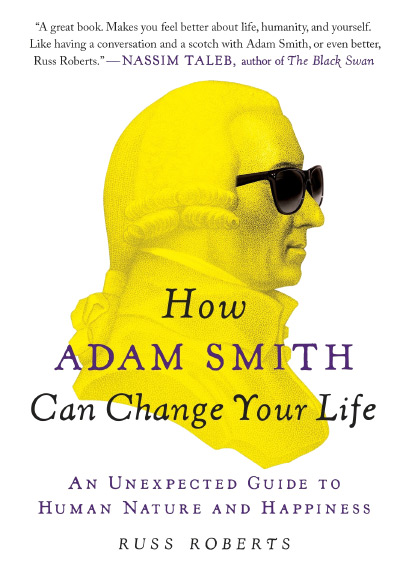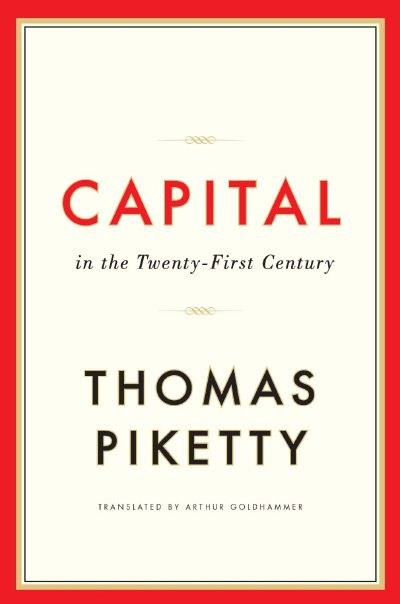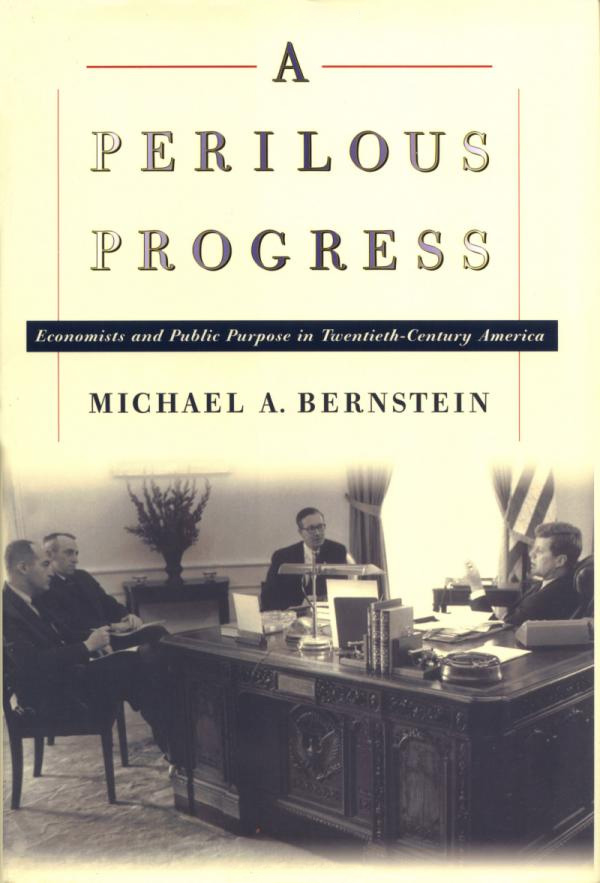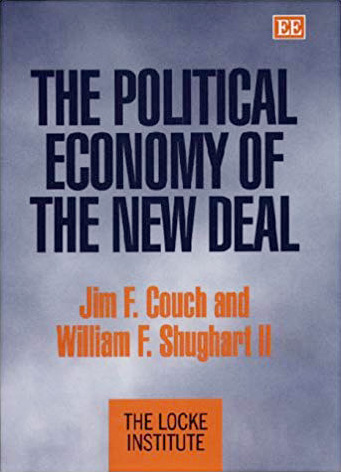Francis Fukuyama’s concept of the “end of history,” made famous in his 1992 book of the same name, brought the idea of “liberal democracy” to center stage in American and international politics. Although liberal democracy had always defined the American constitutional order and similar political regimes founded on the principles of liberty and equality, Fukuyama made two seminal claims that generated a prodigious commentary in response: first, that liberal democracy represented the theoretical end point of human ideological evolution; second, that by the early 1990s, there was a general global consensus about liberal democracy’s legitimacy, it having eclipsed such rivals as monarchy, fascism, and most recently communism.
Many of Fukuyama’s critics were simply confused about what he meant by the “end of history.” They assumed he was proposing that history had simply “stopped” and that no more political regimes would emerge that would challenge liberal democracy in the twentieth or twenty-first centuries, regimes such as present-day China, Russia, North Korea, or Iran. As Fukuyama made clear both in 1992 and many times thereafter, that was not what he meant.
Arguably the more serious attacks on Fukuyama’s book were those that challenged the very ideas of classical liberal thought that were at the root of liberal democracy. These have generally been from the academic left, where one might expect such assessments to originate. However, more recently they have also emerged from the academic right, which had traditionally defended classical liberalism. Perhaps the most prominent of the latter has been Patrick Deneen’s Why Liberalism Failed (New Haven, Conn.: Yale University Press, 2018; with new preface, 2019). Deneen’s book was intended to assuage those eager to know why at the “end of history” liberalism no longer was ascendant or even appeared inevitable. To be sure, Why Liberalism Failed highlighted the shortcomings of the progressive varieties of liberalism. But its central theme consisted of a comprehensive indictment of classical liberalism itself, of the internal contradictions and other inadequacies of the classical liberal theoretical and political project. Of particular prominence in Deneen’s charges was the idea of the autonomous, self-governing individual who was, contrary to ancient and traditional Christian understandings of liberty, intended to remain free of social and customary constraints save those imposed by duly enacted laws necessary to the maintenance of the liberal political order. This thin concept of the individual in political society on Deneen’s reading disregarded those social and cultural elements that made up “thick” communities and that were so essential to the functioning of democracy. Liberalism deconstructed and ultimately eviscerated those very institutions and practices that democracy needed to survive. Liberalism had failed in short precisely because it had succeeded so spectacularly at its own theoretical and political enterprise.
Yoram Hazony’s Conservativism: A Rediscovery strikes a posture very similar to Deneen’s. Hazony, president of the Herzl Institute, presents a wide-ranging broadside of what he calls “Enlightenment liberalism,” a form of liberalism that he contends replaced Anglo-American conservatism as the dominant ideology in America shortly after World War II. Similar to Deneen’s understanding of liberalism, Hazony proposes that Enlightenment liberalism is simply too thin to sustain any kind of American nationhood or traditional conservatism. And like Deneen, Hazony portrays liberalism as a force of destruction, particularly destruction of the past. Today’s “conservatives” do not really know how to conserve anything, whether ideas, behaviors, or institutions. The problem stems largely from liberalism’s excessive focus on unrestrained individual freedom. The “remarkable fact about contemporary conservatism,” Hazony writes, is “the extraordinary confusion over what distinguishes Anglo-American conservatism from Enlightenment liberalism (or ‘classical liberalism’ or ‘libertarianism’ or, for that matter, from the philosophy of Ayn Rand). Indeed for decades now, many prominent ‘conservatives’ have had little interest in political ideas other than those that can be used to justify free trade or lower taxes, and, more generally, to advance the supposition that what is always needed and helpful is a greater measure of personal liberty.” It is particularly misleading for conservatives to believe that they are conserving some form of liberalism, classical or otherwise, when the truth “is that Enlightenment liberalism, as a political ideology, is bereft of any interest in conserving anything. It is devoted entirely to freedom, and in particular freedom from the past” (pp. xvii–xviii).
Hazony’s argument is comprehensive and compelling in many respects, but it also suffers from oversimplification and distortion of key legal and political texts. Deneen highlighted how the emergence of massive, unaccountable state structures and a globalized economy had resulted in a recent “populist” revolt against these in liberal democratic countries such as the United States and Britain. Although such populist movements were denounced by both liberal and conservative elites as threats to democracy, they were actually the opposite, representing “a bottom-up effort to reassert political control over an increasingly administrative state and a denationalized economy” (p. xiv). Hazony similarly interprets these movements as a reaffirmation of nationalism in the United States and Europe. But he also interprets them as a repudiation of the liberal democratic order that dominated American and European politics from the beginning of the Cold War to the early decades of the twenty-first century. On Hazony’s reading, America was never a liberal democracy until the 1960s. Prior to that, it was a Christian democracy whose heart and soul was a vibrant “Protestant nationalism” (p. 259).
The ersatz liberal democratic order that took over the United States in the 1960s itself came to an end with the election of Donald Trump. The Trump presidency should have caused a reckoning in the conservative movement but did not. As Hazony demurs: “One might think that with the collapse of liberal hegemony in America and Britain, advocates of Enlightenment rationalism might reconsider their hostility toward national and religious tradition. Yet, instead, many continue to expend precious resources attempting to prevent the resurgence of a conservative political theory that could perhaps save something from the conflagration” (p. 172). As this passage suggests, Hazony identifies “Enlightenment liberalism” with “Enlightenment rationalism,” and the distinction between “rationalism” and “empiricism” is at the heart of the distinction between Enlightenment liberalism and the Anglo-American conservatism Hazony seeks to resurrect.
On Hazony’s reading, Anglo-American conservatism was the basis of American constitutional governance up until World War II. It originated in the British conservative tradition, which Hazony addresses in chapter 1. There, he surveys four key figures of this tradition: Sir John Fortescue, Richard Hooker, John Selden, and Edmund Burke. This is one of the more interesting chapters in the book, outlining discrete aspects of these often-overlooked thinkers and the challenge Hazony asserts they posed to that liberal political thought that was becoming increasingly influential in Britain and Europe through the late 1700s. It was John Selden, whom Hazony labels the greatest of the early conservatives, who developed the concept of “historical empiricism” as a reaction to the “universalist rationalism” and “rationalist view” of early liberalism, particularly that of Hugo Grotius. In On the Law of War and Peace (1625), Grotius “suggested that it might be possible to do away with the traditional constitutions of nations by basing the political order solely on the rationality of the individual” (pp. 15–16, emphasis in original). Hazony later proposes that Grotius’s contention in the first edition of his seminal book “that his system would hold true ‘even if there is no God’” demonstrated the “fundamental incompatibility of Enlightenment rationalism with the God of scripture” (p. 200).
Scholars of Grotius and the Westphalian model of international law, asserting the integrity of the nation-state, as well as of classical liberalism more generally, might find Hazony’s interpretations here peculiar. However, his broader point, as is made clear throughout the book, is that the modern natural right and natural law traditions definitive of classical liberal political thought are idealistic, based on specious notions of the “rationality of the individual” and the universality of reason. They are also opposed to religion.
But this is where Hazony’s argument begins to unravel. For Hazony, there is no middle ground between the empiricism of the Anglo-American conservative tradition and the idealism of Enlightenment liberalism. Hazony himself often reads like an idealist unfamiliar with the history or texts out of which classical liberalism arose. His reading of classical liberalism is sclerotic, as is evident early in his interpretation of John Locke, arguably the leading target of Hazony’s critique of Enlightenment liberalism. Hazony refers to Locke as a radical and Locke’s Two Treatises of Government (1689) as a “rationalist manifesto” (p. 21). It is a rationalist manifesto because of its view of the role of reason in politics. It begins from basic axioms or principles capable of being understood by universal reason rather than from the historical experience of nations. After that, Locke generates a theoretical treatise built upon these axioms anchored in the law of nature and what has become known as natural rights theory.
Hazony has little tolerance for Locke but also has little appreciation for the purpose of Locke’s theoretical enterprise or the historical backdrop to the Two Treatises of Government, especially the Second Treatise. As Locke makes clear in the very first chapter of the latter work, it was necessary to found government on a foundation other than religion or divine right. Religion could not be the basis of government because of the problem of sectarian intolerance and violence. Hazony has nothing to say about this—nothing to say about the Protestant Reformation, the bloody religious wars that plagued Europe in the 1500s and 1600s following the Reformation, and the civil wars Locke lived through, which pitted the British monarchy against Parliament. Hazony remarks that during the 1960s, the British and French were told that they had invented liberal democracy in 1688 (the Glorious Revolution) and 1789 (the French Revolution), respectively, while “the Americans were told that their founding fathers had invented liberal democracy in 1776.” The British, French, and Americans were informed “that liberal democracy had been born out of ‘the Enlightenment’—a movement that was credited with having discovered ‘reason’ and redeemed mankind from the absolute monarchies and religious ignorance of the Middle Ages. None of this was really true, but it worked to justify liberal political hegemony” (p. 272).
Actually, much of this was really true. As every intellectual historian knows, Locke fled to Holland to save himself from persecution by the British Crown, and he never published the Second Treatise in his own name—for good reason. In the wake of the Reformation and the religious and civil wars of the century before him, Locke sought to refound politics on a more stable, legitimate foundation. Hazony reflexively dismisses Locke as an anti-religion rationalist despite the fact that two of Locke’s most famous works were A Letter Concerning Toleration (1689), promoting religious and civil toleration and liberty, and his later work, The Reasonableness of Christianity (1695).
Hazony proposes that because the individual’s capacity to reason is fickle and weak, political order is best founded on the accumulated wisdom of the collective—of the community, tribe, and nation. It is from these sources, not unaided reason, that the individual acquires his ideas, principles, and faith. Describing the “conservative paradigm” in chapter 3 of his book, Hazony maintains that conservatism promotes such things as mutual loyalty, familial and communal cohesion, tradition, and honor. Enlightenment liberalism has little to say about these. It proposes, for instance, that children owe obedience to their parents only until the age of majority, at which point they have attained the age of reason and are presumed “to be free of the obligation to obey them. By contrast, one of the primary precepts of a conservative society is the commandment to Honor your father and mother—a precept that is emphasized time and again in Hebrew Scripture” (p. 118, emphasis in original). Yet Hazony’s paradigm of Enlightenment liberalism, Locke, says virtually the same thing in the Second Treatise: that whatever freedom a child attains upon adulthood, “yet this freedom exempts not a Son from the honour which he ought, by the law of God and Nature, to pay his Parents”; this obligation “ends not in minority, but holds in all parts and conditions of a Man’s life” (John Locke, Second Treatise of Government, in Two Treatises of Government, edited by Peter Laslett [New York: Cambridge University Press, 1988], §§ 66–67, pp. 311–12, emphasis in original).
Hazony’s attenuated reading of the Lockean classical liberal project bleeds over into the later chapters of Conservatism, including those on American constitutionalism and present-day American politics. Hazony divides the American founding into two camps, the Anglo-American tradition, represented by the Federalists, and the liberal followers of Locke, represented by Thomas Jefferson and the Democratic Republican Party. Although much of Hazony’s discussion here is interesting, describing the transition in constitutional thinking between the Revolution and Articles of Confederation and the more nationalist leaning the Constitution represented, his argument here is again too categorical and oversimplified. He describes the Declaration of Independence, for instance, drafted by Jefferson, as an instrument of Lockean rationalism, natural rights, and universal reason without ever discussing the Declaration’s very empirically founded twenty-seven indictments—sometimes referred to as its bill of particulars—against King George that follow the opening paragraphs.
Hazony also cites John Jay’s plea in Federalist no. 2 to Americans to maintain their political union because they are “‘a people descended from the same ancestors, speaking the same language, professing the same religion, attached to the same principles of government, very similar in their manners and customs.’” Hazony concludes: “This is as compelling a nationalist view as one finds anywhere” and demonstrates that “The Federalist rejects the concept of a ‘creedal nation,’ bound by nothing other than reason and consent” (p. 45). Yet Hazony fails to mention that only a few paragraphs earlier, in Federalist no. 2, Jay proclaims that “the people must cede to [government] some of their natural rights, in order to vest it with the requisite powers” (Alexander Hamilton, John Jay, and James Madison, The Federalist: A Commentary on the Constitution of the United States, edited and with an introduction by Robert Scigliano [New York: Modern Library, 2001], p. 8). Jay apparently subscribes to the very Lockean natural rights social contract theory Hazony contends the Federalists rejected.
The central problem of Hazony’s book is that it indiscriminately lumps the classical liberalism of Locke and America’s founders together with the very different—even antithetical—variety of liberalism promoted by American progressives. Everything modern-day conservatives disdain tends to get blamed on Enlightenment liberalism. The U.S. Supreme Court’s Everson v. Board of Education (1947), banning state support for religion, is a result of Enlightenment liberalism. So too is the “messianic vision of the ‘end of history’” and of “worldwide redemption” that has been promoted over the past generation (p. 252). Even Friedrich Hayek and Leo Strauss are described as Enlightenment liberals, Strauss being portrayed as sympathizing with Lockean liberalism even though he famously lampooned Locke’s political philosophy as reducing life itself to “the joyless quest for joy” (Leo Strauss, Natural Right and History [Chicago: University of Chicago Press, 1953], p. 251).
“Enlightenment liberalism,” Hazony concludes, “is the source of the current catastrophe.” Accordingly, “biblical tradition—Christianity and Judaism—must be recovered as the normative framework and standard determining public life wherever a majority of the public is wise enough to adopt this course” (p. 345). Hazony’s Conservatism raises many sound critiques of much of what has gone wrong in American politics over the past generation. His chapter on “the challenge of Marxism,” its prevalence in modern society and American universities, its attraction and power to many different audiences in the United States and elsewhere, will likely strike a positive chord with many readers of this journal.
But at times, Hazony appears almost anti-philosophical, failing to acknowledge that there might be some standard that reason can aspire to beyond the merely conventional, traditional, or religious that we might appeal to for justice. In addition, although he correctly identifies many problems in current American politics, Hazony misidentifies the source of the problem confronting conservatism in classical or Enlightenment liberalism. Had he followed Alexis de Tocqueville in Democracy in America (1835), for instance, he would more likely have identified the source of social and political destruction that he otherwise shrewdly describes in democracy itself, especially the more radical forms of equality that can emerge in advanced democratic regimes. It is difficult to see how the conservatism Hazony seeks to resurrect, which at times borders on a sort of biblical nationalism, will appeal to a very large segment of today’s American electorate. It may even strike many as illiberal. Yet Conservatism: A Rediscovery does provide an alternative to other brands of conservatism in what is emerging as an expanding genre of political theory.

